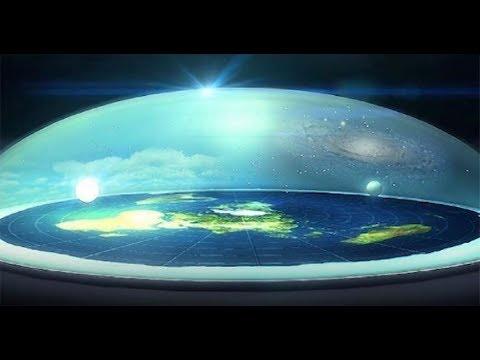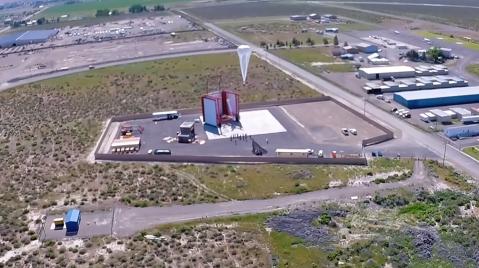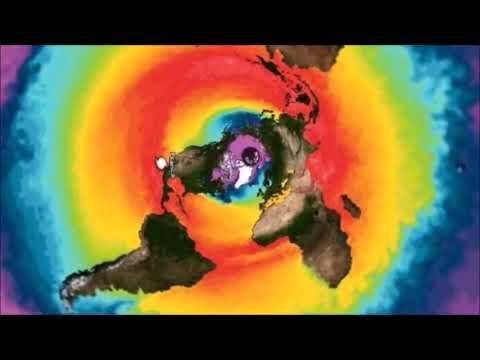In the Flat-Earth model, the Sun and Moon luminaries revolve around the Earth illuminating like spotlights the areas over which they pass, the Sun spiraling, speeding up and slowing down to maintain 24 hour cycles and the Moon consistently taking just under 25 hours per revolution. The Sun’s annual journey from tropic to tropic, solstice to solstice, is what determines the length and character of days, nights and seasons. This is why equatorial regions experience almost year-round summer and heat while higher latitudes North and especially South experience more distinct seasons with harsh winters.
The heliocentric model claims seasons change based on the ball-Earth’s alleged “axial tilt” and “elliptical orbit” around the Sun. Their flawed current model even places us closest to the Sun (91,400,000 miles) in January when its actually winter, and farthest from the Sun (94,500,000 miles) in July when its actually summer throughout much of the Earth. They say due to the ball-Earth’s tilt, different places receive different amounts of direct sunlight and that is what produces the seasonal and temperature changes. This makes little sense, however, because if the Sun’s heat travels over ninety million miles to reach the ball-Earth, how could a slight tilt, a mere few thousand miles maximum, negate the Sun’s ninety million mile journey, giving us simultaneous tropical summers and Antarctic winters?
“The earth is a stretched-out structure, which diverges from the central north in all directions towards the south. The equator, being midway between the north center and the southern circumference, divides the course of the sun into north and south declination. The longest circle round the world which the sun makes, is when it has reached its greatest southern declination. Gradually going northwards the circle is contracted. In about three months after the southern extremity of its path has been reached, the sun makes a circle round the equator. Still pursuing a northerly course as it goes round and above the world, in another three months the greatest northern declination is reached, when the sun again begins to go towards the south. In north latitudes, when the sun is going north, it rises earlier each day, is higher at noon and sets later; while in southern latitudes at the same time, the sun as a matter of course rises later, reaches a lesser altitude at noon and sets earlier. In northern latitudes during the southern summer, say from September to December, the sun rises later each day, is lower at noon and sets earlier; while in the south he rises earlier, reaches a higher altitude at noon, and sets later each day. This movement round the earth daily is the cause of the alternations of day and night; while his northerly and southerly courses produce the seasons. When the sun is south of the equator it is summer in the south and winter in the north; and vice versa. The fact of the alternation of the seasons flatly contradicts the Newtonian delusion that the earth revolves in an orbit round the sun. It is said that summer is caused by the earth being nearest the sun, and winter by its being farthest from the sun. But if the reader will follow the argument in any text book he will see that according to the theory, when the earth is nearest the sun there must be summer in both northern and southern latitudes; and in like manner when it is farthest from the sun, it must be winter all over the earth at the same time, because the whole of the globe-earth would then be farthest from the sun!!! In short, it is impossible to account for the recurrence of the seasons on the assumption that the earth is globular and that it revolves in an orbit around the sun.” -Thomas Winship, “Zetetic Cosmogeny” (124-125)
http://www.EricDubay.com
http://www.AtlanteanConspiracy.com
http://www.IFERS.123.st
- Category
- Flat Earth Explored




![Why The Lie? [Decoding The Deception]](https://www.flatearthvideo.com/uploads/thumbs/e33368a00-1.jpg)







